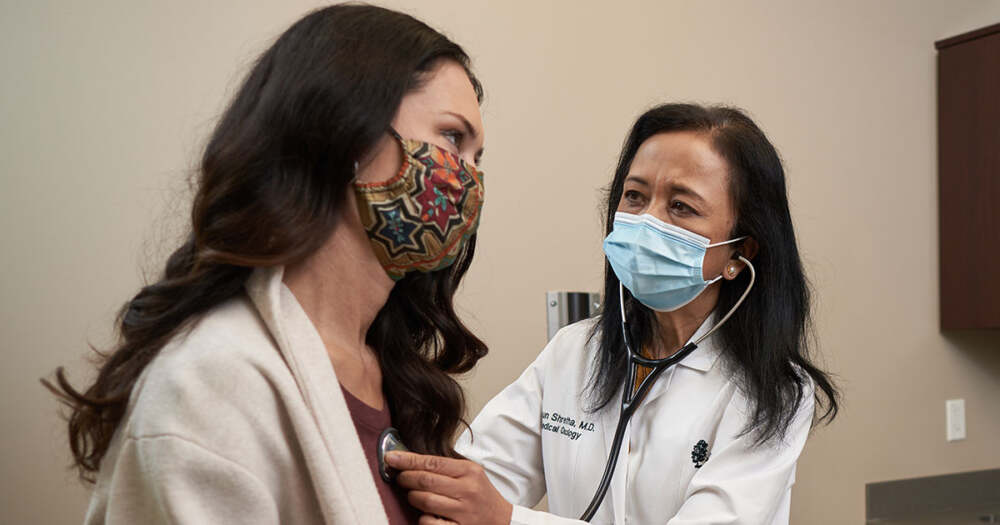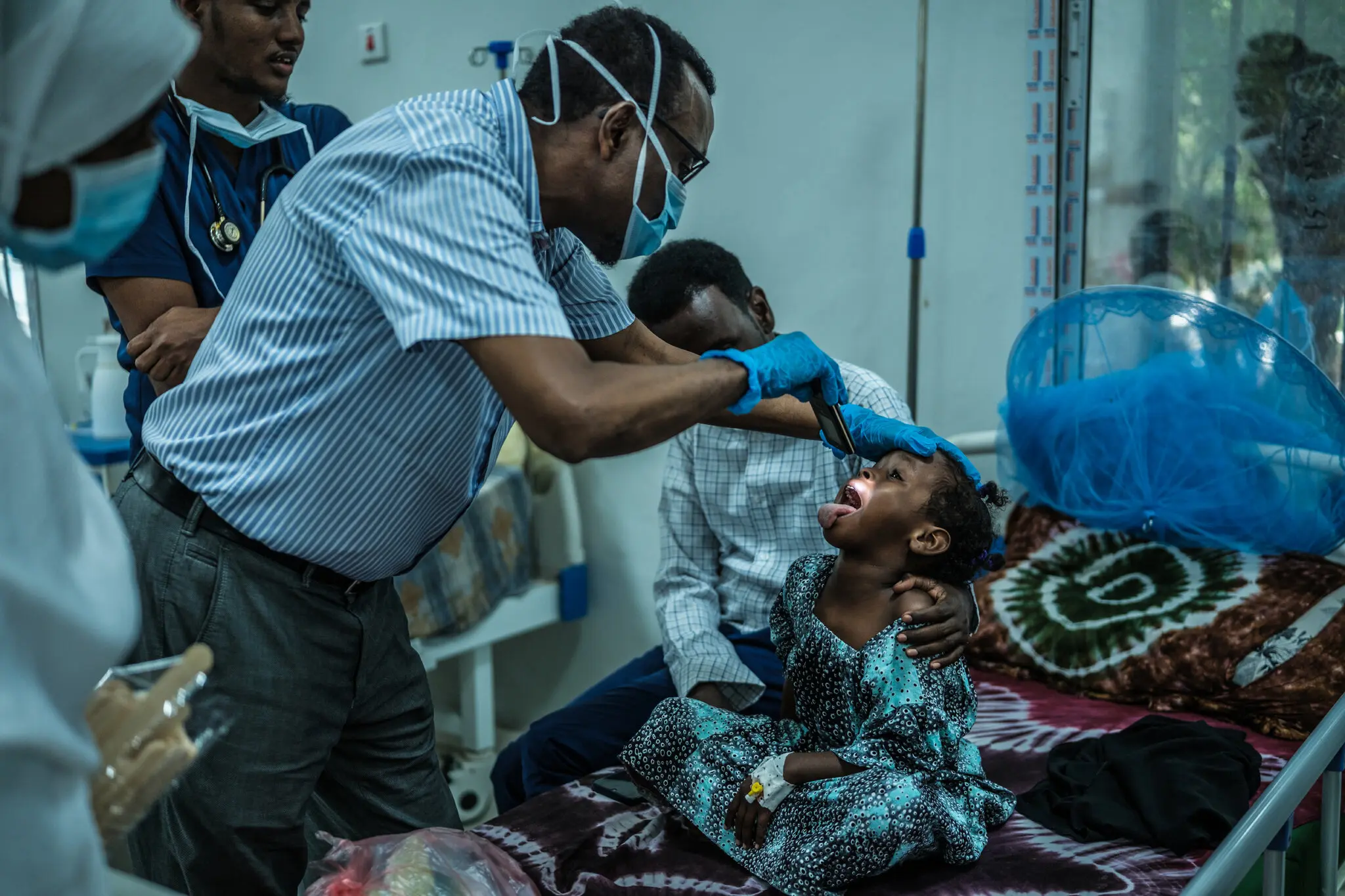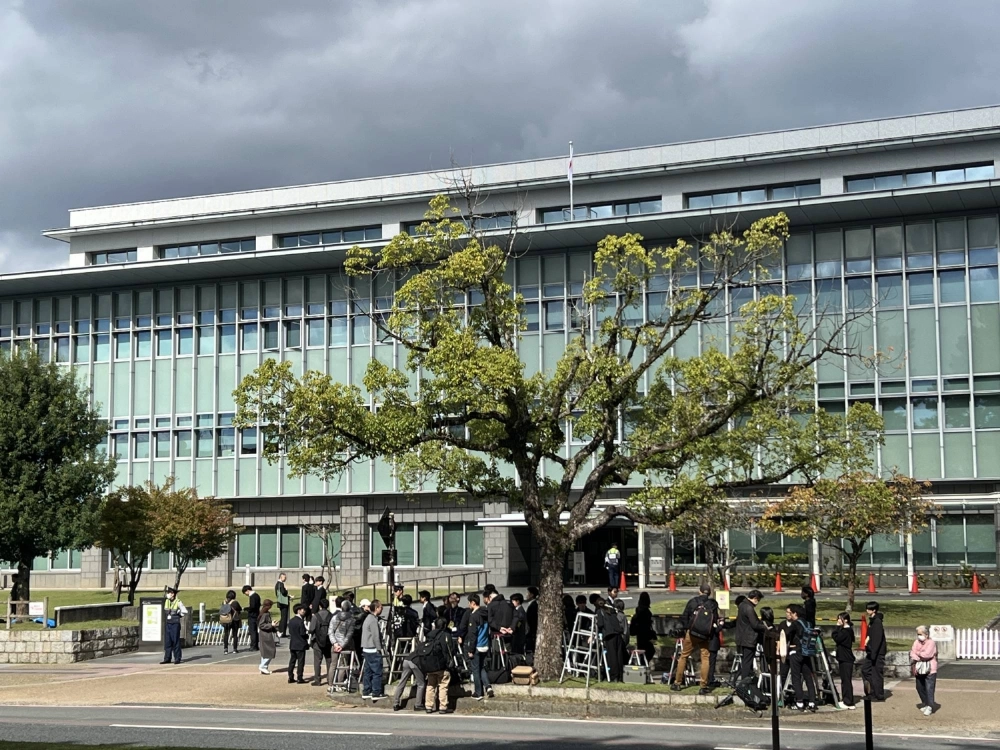Health experts are sounding the alarm as new research reveals an unsettling trend across America’s Corn Belt: a growing number of young adults are being diagnosed with cancer at higher rates than the national average. States such as Iowa, Illinois, Indiana, Nebraska, and Kansas — regions long recognized for their agricultural productivity — are now confronting a health challenge that threatens to reshape how environmental and lifestyle risks are understood.
A Concerning Regional Pattern
The study found that individuals between 15 and 49 years old living in the Corn Belt face cancer rates roughly 5 percent higher than their peers nationwide. The trend emerged in the past decade and has remained consistent, particularly among younger adults who traditionally fall outside typical cancer-screening age groups.
Certain cancer types are notably more prevalent among young adults in these states — including kidney, skin (melanoma), and blood-related cancers such as lymphoma. For women under 50, skin cancer rates are estimated to be more than 60 percent higher than those of women living outside the Corn Belt.
What’s more concerning is that nearly one-third of young cancer cases in the region cannot be explained by known risk factors such as family history or smoking, indicating a deeper, possibly environmental link.
Potential Environmental and Agricultural Links
Researchers believe that environmental exposures could play a significant role. The Corn Belt’s intensive use of fertilizers, herbicides, and pesticides may be releasing chemicals that contaminate groundwater and air. Long-term exposure to nitrates and other agricultural byproducts has previously been associated with certain cancers, particularly in rural communities.
In addition to chemical exposure, the region’s groundwater often contains high nitrate levels due to agricultural runoff — a problem that has persisted for decades. Some studies suggest these nitrates may form carcinogenic compounds in the body over time.
Moreover, many residents work outdoors or live near large-scale farming operations, increasing their exposure to both sunlight and airborne particles. These combined factors may be silently elevating cancer risks in younger generations.
Social and Healthcare Implications
The rising cancer incidence in younger people is especially troubling because many of them are diagnosed at later stages of the disease. Limited healthcare access in rural communities, lack of awareness, and minimal preventive screening all contribute to delayed diagnoses.
Health professionals warn that this trend could strain rural healthcare systems already grappling with shortages in oncology specialists and diagnostic facilities. Advocates are calling for increased public health funding, better cancer-screening programs for younger adults, and stricter monitoring of environmental pollutants.
A Wake-Up Call for Public Health
The findings highlight the need for a broader look at how regional environments shape long-term health outcomes. While genetics and lifestyle remain important factors, geography — and the chemical footprint left by decades of intensive agriculture — may be an underappreciated driver of disease.
Public health experts emphasize that proactive measures can make a difference: improving water-quality standards, tightening regulations on pesticide use, and expanding cancer-education initiatives across rural states.
The rise in cancer among young adults in America’s farming heartland is more than a medical concern — it’s a societal warning. If unchecked, it could redefine how future generations understand the link between environment, agriculture, and human health.
















Leave a Reply